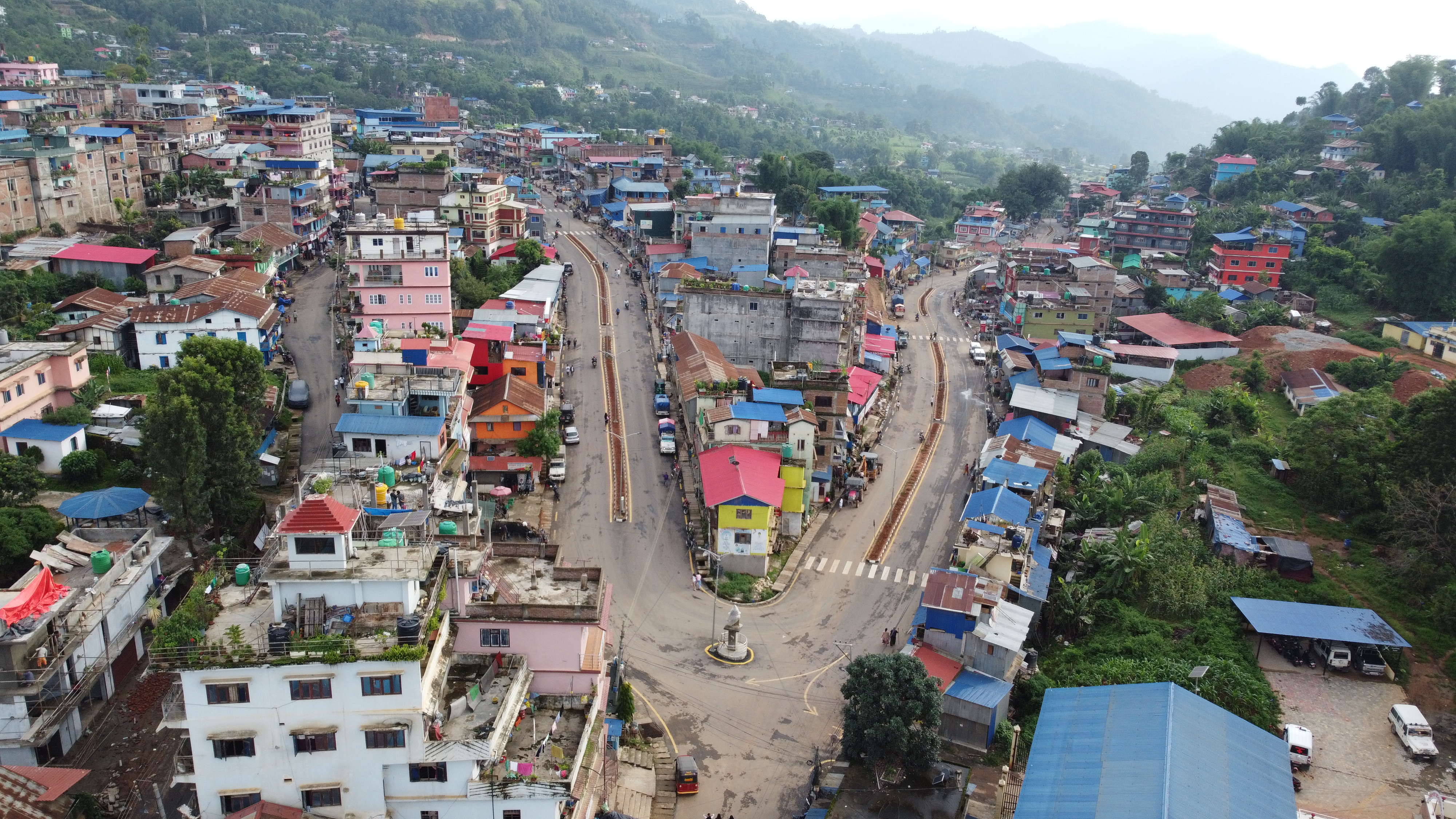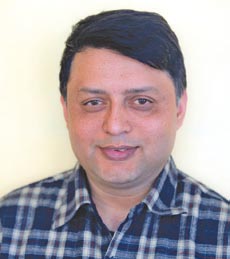Travel
Old memories and new realities in Phidim
Arriving at my childhood home felt like reuniting with an old friend..JPG&w=900&height=601)
Deepak Adhikari
Once again, my heart swelled with joy when my hometown came into view.
Arriving at Lalikharka after the treacherous journey through Pauwa Bhanjyang and the bustling Kanchhi Dokan, Phidim, the headquarters of Panchthar district, revealed itself like a surprise gift.
My home town, Phidim, is unique in the fact that it reveals to travellers approaching it from uphill. As the vehicle descends the mountain road, it slowly comes into view, its houses and buildings recognisable for the native son.
This Dashain, I undertook the much-awaited trip to my hometown with my wife Kabita and daughter Aarohi. Little did I anticipate the transformation that awaited me.
The moment I got out of the jeep, I noticed that Phidim, nestled in the lush hills, has undergone a remarkable transformation over the years. As I guided my family to my home, which had suffered damages in the 1989 quake that struck eastern Nepal, I found that old, mud and stone houses had been replaced by concrete buildings. The place was vastly different from the one I remembered.
Arriving at my childhood home felt like reuniting with an old friend. Navigating its nooks and crannies with my daughter, we delved into the history of the house, a symbol of my cherished memories.
My wife had visited Phidim years ago, spending a month with my parents. She, too, recalled beautiful moments she had had in the town. I asked the tenant about the neighbours and acquaintances. Some had died, while others had left for good.
A call to local journalist Giriraj Banskota led me to the school grounds, where memories flooded back. This was where I spent my teenage years, playing ball, learning to kick, and watching major tournaments. Here, I even encountered a group of Western climbers headed to Kanchenjunga, the world’s third-highest mountain. I remember being awed by their shiny yellow tents, headlights and strange smell. I remember practising my tutephuteko Angrezi with the climbers.
Birendra Shield, an annual sports tournament named after the late king, brought ace players from various schools in Panchthar district. The district also hosted Yuba Mela, an annual three-day fair to commemorate the birthday of the king, organising football tournaments in which teams from as far as Sunsari and Taplejung participated.
I never excelled at dribbling balls. A boy growing up in a seven-member family, I soon found my interest in literature. In the late 1980s, Phidim hosted a major literary festival. In the run-up to the 1990 pro-democracy protest, walls were painted with anti-monarchy slogans, local politicians were arrested.
I took my family to my school, Naya Namuna Secondary School. It was Saturday, so the school was closed. I peeked through the steel gate and wall, imagining myself labouring over classes. Memories are hazy, but what I remember most is going out of the school—to quiz contests with me leading the school team, to essay competitions at the District Education Office and to play carom board, a national pastime, in a nearby shopfront.

Returning to the main street, the demolition of a landmark gate made me reflect on how cities transform, shedding old landmarks for new identities. Navigating narrow alleyways, I felt like a stranger in my own hometown. Multistory buildings have emerged and roads have been paved, reshaping the town. It’s the same place with a different face, leaving me nostalgic for the Phidim of my memories.
We finally reached Shivalaya temple, which I told my wife and daughter was one of my cherished hangouts. A giant statue of Falgunanda (the Kirant leader’s birthday is celebrated on November 10) stood before the steps to the temple. Though my wife suspected I came here to smoke, in reality, I visited the temple in the evening to meet friends and talk about issues that mattered most to us at the time. It also offered a panoramic view of the town (I could not take my family to Gadhi Danda, a hillock across the Shivalaya).
Towards the end of my journey, I felt sad about Phidim’s lack of prospects. To my dismay, I found that people have been leaving the town in droves. Despite blacktopped roads and multi-story buildings, Phidim faces a troubling reality. The lack of quality higher education and specialist healthcare has driven people away, echoing the circumstances that led me to Kathmandu years ago. Conversations with locals confirmed a mass exodus from the town, a trend that raises concerns about Phidim's future.
My conversations with familiar strangers led me to conclude that Phidim has transformed into a transit town for pilgrims heading to Pathibhara Devi Temple, which is around 255 kilometres north in Taplejung district. I met dozens of people headed to the holy site. While pilgrims see it as a stopover, for me, it was a homecoming. The realisation dawned that Phidim is, perhaps, in a state of transition, trading its rustic charm for the hallmarks of urbanisation. While I left Phidim for higher education in Kathmandu, people from rural areas have flocked to the town in search of better opportunities, bringing life and energy to the once quiet community.
As we bid adieu to my hometown, I couldn’t help but reflect on the inevitability of leaving a place, no matter how enamoured one is with it. Passing Kanchhi Dokan, I pointed out Kanchnajungha and Kumbhakarna to my daughter—symbols of my childhood. Phidim, now a blend of nostalgia and change, remains etched in my heart, a testament to the intricate dance between memory and evolution.




 18.37°C Kathmandu
18.37°C Kathmandu










